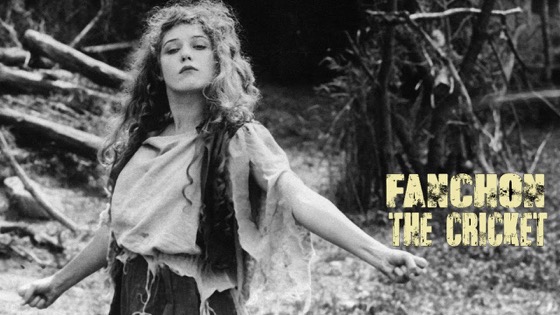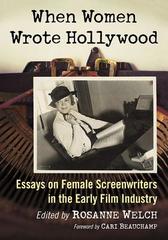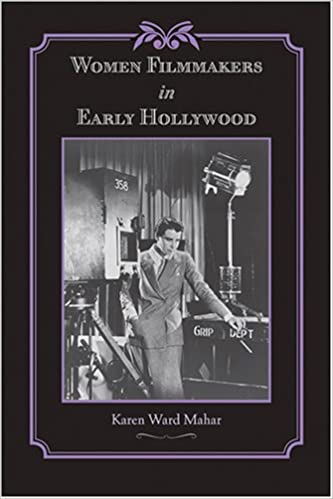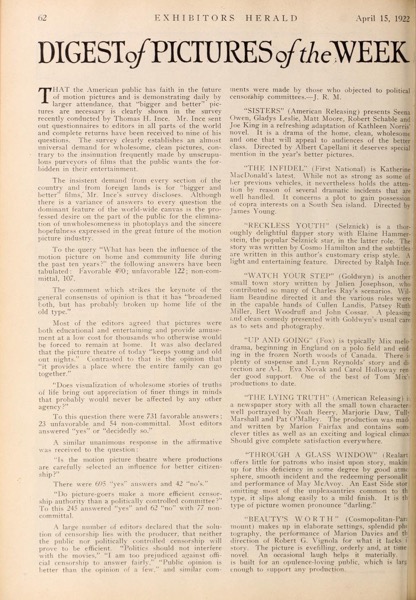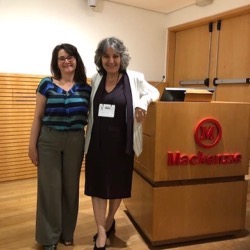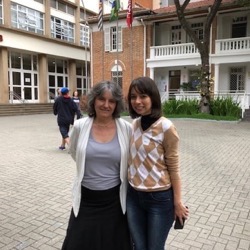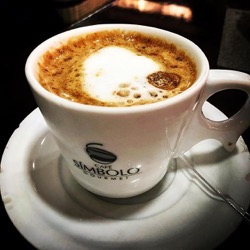An on-going series highlighting the women screenwriters of early Hollywood.
When I was first asked to create a history course for a new MFA focused on the mission of bringing more female voices and female-centric stories to Hollywood, I knew we had to start at the very beginning, when women ran Hollywood. No other course I had ever taken or been asked to teach focused on these women, some of whom I had been reading about since the summers of my childhood in Cleveland, Ohio. Back then, I went to the library once a week to collect a stack of memoirs by women I had seen interviewed on The Merv Griffin Show, women like Anita Loos and Adela Rogers St. Johns. Their stories introduced me to moguls like Louis B. Mayer or Jack Warner, who make up most of the history courses I later found in academia. Knowing better, I found most of those courses, and their accompanying textbooks, glossed over these women with a paragraph if they mentioned them at all. I conceived a course that would begin with these women who began Hollywood and culminate in research by each graduate student into the life and career of one particular early female screenwriter. That is what you find here. A collection of herstories about how these women lived, loved and created the stories that gave their audiences reasons to live and love in their own lives. — Dr. Rosanne Welch, Editor. When Women Wrote Hollywood
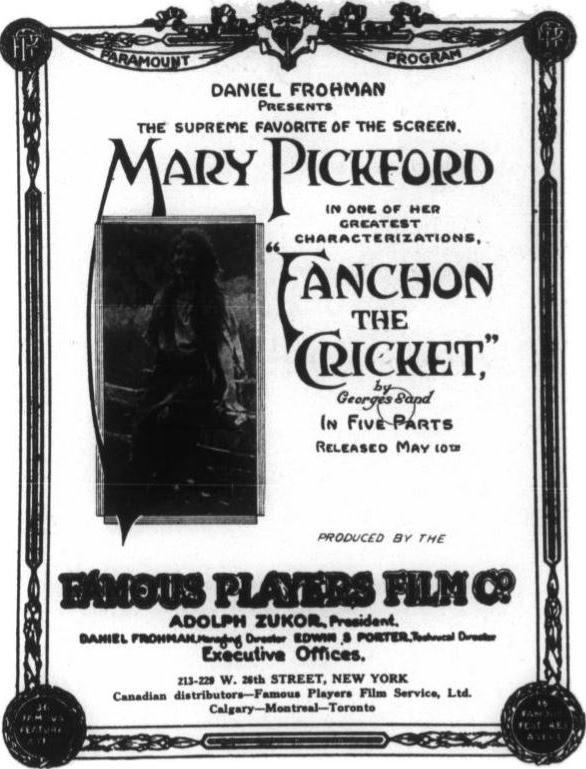
By Paramount Pictures – Variety (Apr. 1915) on the Internet Archive, Public Domain, Link
Fanchon, the Cricket is a 1915 American silent drama film produced by Famous Players Film Company and distributed by Paramount Pictures. It is based on a novel, La Petite Fadette by George Sand. It was directed by James Kirkwood and stars Mary Pickford, now working for Adolph Zukor and Daniel Frohman. A previous film version of the story was released in 1912 by IMP (later Universal) and directed by Herbert Brenon.[1] — Wikipedia
Frances Marion(bornMarion Benson Owens, November 18, 1888[1]– May 12, 1973) was an American screenwriter, journalist, author, and film director, often cited as one of the most renowned female screenwriters of the 20th century alongsideJune MathisandAnita Loos. During the course of her career, she wrote over 325 scripts.[2]She was the first writer to win twoAcademy Awards. Marion began her film career working for filmmakerLois Weber. She wrote numeroussilent filmscenarios for actressMary Pickford, before transitioning to writingsound films. — Wikipedia
Buy “When Women Wrote Hollywood” Today!
Paperback Edition | Kindle Edition | Google Play Edition
Help Support Local Bookstores — Buy at Bookshop.org
* A portion of each sale from Amazon.com directly supports our blogs
** Many of these books may be available from your local library. Check it out!
† Available from the LA Public Library
